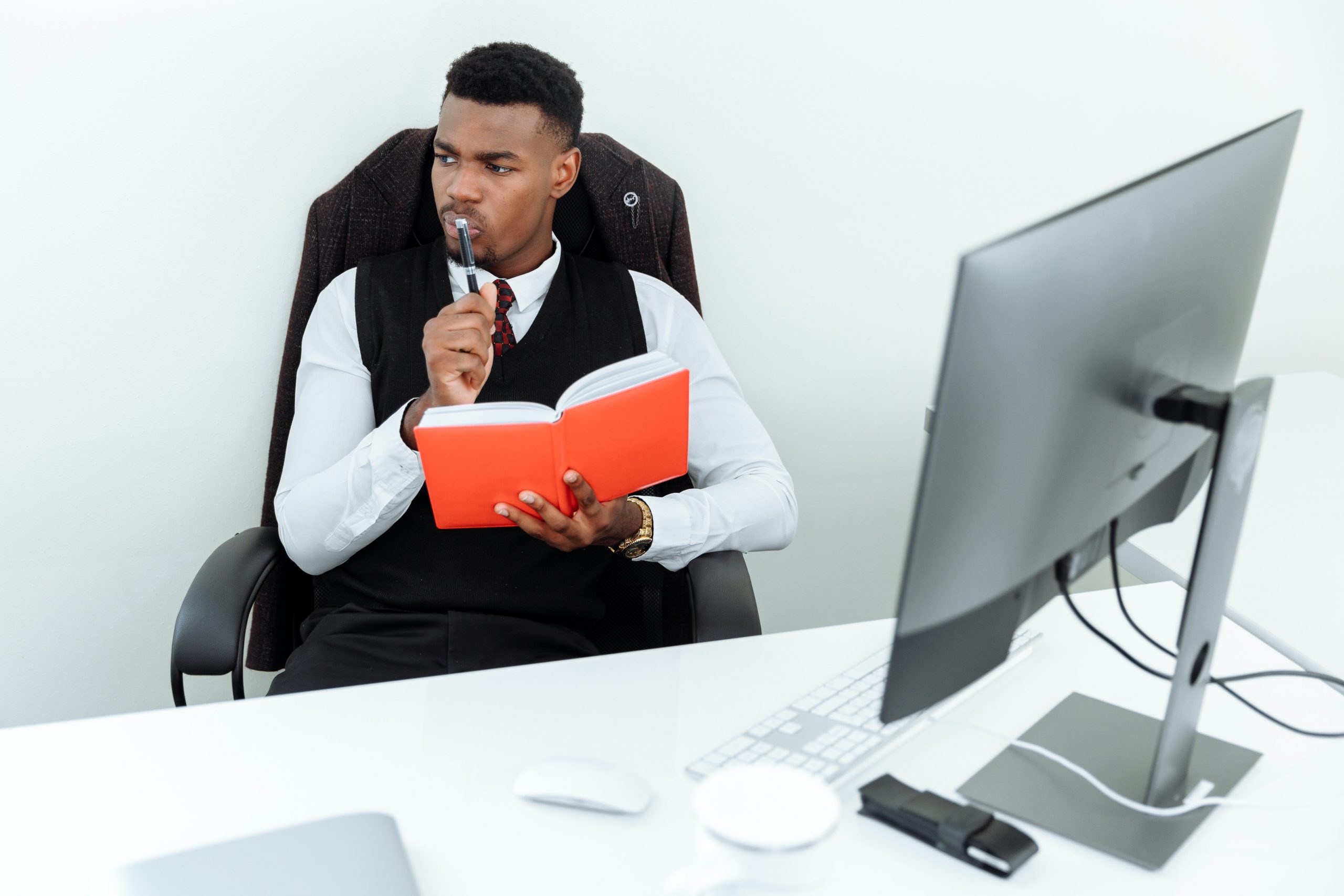Are you measuring the performance of your content marketing program like a media buy? If so, you’re likely selling short your content marketing program’s actual performance.
Content marketing programs can generate a much higher return on investment over time versus traditional media buys. Remember that the measurement methodology used for content marketing programs needs to be different from traditional media buys.
Many companies start their content marketing program by using metrics and approaches used in traditional media buys. If you do this, it’s like comparing apples to oranges.

How are traditional media buys measured?
Typically, traditional media buys are measured based on a defined period.
Here’s an example:
I purchased $5,000 worth of advertising on media property XYZ.com. I made the purchase on a CPM (cost per thousand impressions) or a CPC (cost per click) basis. My media buy is either going to run for a defined period or until the number of impressions or clicks have been delivered. Once that period has ended, I can quickly tabulate the campaign results. I can also determine whether the media buy generated a positive ROI (return on investment) or ROAS (return on ad spend) for my company.
How are content marketing programs measured?
Content marketing programs, on the other hand, operate under a completely different model. Traditional media buys have a defined delivery, while content marketing programs are open-ended. Evergreen articles, for example, continue to deliver impressions and clicks for years.
In addition, the cost of a media buy can be paid:
- Before the campaign begins.
- As it is delivered.
- When the buy is complete.
Here, content marketing programs are significantly different. Costs are almost completely front-loaded (e.g. for the creation of the content).
Beyond the cost of creating the content, there may be some ongoing costs associated with amplifying or promoting the content. However, you’ll likely associate most of it with initial creation, publication and initial sharing or amplification.

An example: media buy versus content marketing program
So, let’s take this a little bit further. I have a $10,000 budget, and I then split it equally between a traditional media buy and a content marketing program.
Measure a media buy’s performance
For the media buy, I spend $5,000 upfront. I then get my results within 30 days. At the end of those 30 days, I can tell whether my media buy is profitable by taking the $5,000 I spent and divide it by my goal units.
A goal unit could be leads, sales, newsletter registrations or something else. The result would be my cost by goal unit. This is also known as CPA (cost per acquisition) or CPL (cost per lead). I will then compare that number to determine if the CPA/CPL is too high versus my plan.
If the goal is to drive revenue from the media buy, then I would divide the revenue achieved divided by my media costs. I would have a positive ROAS if I generated more revenue than the cost of the media buy. To determine ROI, I would divide my revenue generated by both my media cost and the cost of the revenue:
[Media Buy / (Media Costs + Cost of Product/Service) = ROI]
Measuring a content marketing program’s performance
Calculations are going to be a little more difficult for content marketing programs. Continuing my example, I spend that same $5,000 creating and deploying content. However, the traffic (impressions and clicks) happens over 18+ months. If I measured the program using the same approach as a traditional media buy, I would likely need to define an end date for the program, say 30 days.
If I view the program through the lenses of a media buy, my program will show negative performance results compared to the media buy within that first 30 days. However, as time goes by, the content marketing program continues to deliver impressions and clicks.
Advantage of a content marketing program
Like an asset, the content marketing program accretes in value. Continuing with my example, on the first month, I may only have 1,000 visitors to my site from the content marketing program. That number may go up in the second month as it gets more traction on the internet. It may also follow a typical asset depreciation curve where it slowly fades over time (so maybe I get 900 visitors). The third month I get 800, the fourth month – 700, and so forth.
The difference here is that my costs were upfront with the program, but I’m continuing to generate results over time.
What may end up happening is that in the first month in which the traditional media buy ran, it may be much more profitable than the content marketing program. However, by the 6th month, the content marketing program may end up being significantly more profitable than the traditional media buy.
That’s how a marketer, who is relatively new to content marketing, may inadvertently kill a promising content marketing program before the full results can be measured. Most marketers are under the gun to deliver results fast. Or else, they lose their jobs. You need to sustain your content marketing program for 6, 12 or more months to begin seeing a positive ROI.

In summary
If you are under pressure to get results fast and cannot afford to sequester a portion of your marketing budget for content marketing over a period of at least six months, then content marketing should not be part of your marketing mix.
You’re likely to see positive ROI if you launch and stick with a content marketing campaign for at least half a year. Simply said, make sure that you are measuring the program through the right lens. Doing so can mean the difference between having an appreciating, ownable asset and another failed media buy.
Need help?
If you have a content marketing program or are planning one, download our ebook 100 Mistakes Businesses Make When Starting, Optimizing and Scaling Content Marketing Programs.
This ebook will walk you through the mistakes of hundreds of other companies and the challenges they faced in implementing their content marketing programs. To learn more about how Tempesta Media can help you streamline your content creation process and deliver quality content at scale, contact us today.











